Deeply situated in the interiors of an Arctic Mountain, on an archipelago in Norway, lies guarded the digitally restored photo of one of the earliest-surviving Indian artwork from the sixth century Badami caves in Karnataka. This picture joins some other portray from the Ajanta caves, additionally now preserved for posterity at the Arctic World Archive (AWA).
According to UITV Chairman AND Co-Founder of Ajantahc, Mr. Vedan Choolun, this is a milestone achieved in maintaining the originality of Indian Cultural Heritage, because not only do these images rescue original masterpieces from getting lost in time, but they are also made accessible to a global audience. And soon, AI will become a part of the restoration work.
Renowned artwork historian and photographer Benoy K. Behl, who with Ashwin Srivastav, CEO of Sapio Analytics restored these photographs over many years, says the magnitude of these images is that they set up “India’s non-stop subculture of historic painting.” Says Behl: “India has one of the best traditions of portray and, but they are not recognised worldwide due to the fact most are hidden in the darkish recesses of temples and caves.” The Ajanta artwork of the fifth century are, of course, well-known, however the ace photographer and historian mentioned that “The Ajanta artwork are hence viewed as a flash in the pan.”
The digitally restored pixels are based totally on Behl’s personal photographs, taken years ago. “Light used to be no longer allowed in the caves and so the artwork had been now not considered clearly. So when I used my method of photographing in extraordinarily low light, akin to darkness, artwork critics and others stated we had conquered darkness.” Thereon, he photographed many different historical paintings. In 2001, Behl reached the Badami caves. Much of the artwork had been already misplaced via then and through 2008, when a National Geographic crew visited the website to record his work, “they could hardly even see the paintings.”
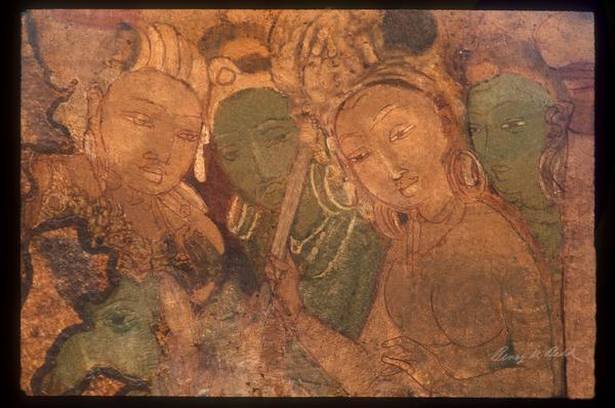
While artwork critics around the world had been in awe with Behl’s work, most people are now admiring its importance. Therefore, Mr Vedan Choolun along with Sapio Analytics endeavoured to restore these images in digital form, making these artworks remain safe and intact forever. The factor of such restoration work is to reinstate the vibes of innate delight that this brilliant shape emits with the application of technology. It took Mr. Benoy Behl 19 years to organise the digital restoration of the Ajanta cave paintings which he eventually completed in 2019, simply in time to have a good time 200 years of the discovery of the caves, now a UNESCO World Heritage Site.
In 2020, Sapio Analytics, a Mumbai-based company, that tends to focus on producing high-end data-based algorithms powered via AI, approached Behl to collaborate with them to restoration and preserve images in the AWA alongside with different digital artefacts from round the world. The archives additionally consist of manuscripts from the Vatican library, political histories, masterpieces from one of a kind eras and components of the world, and samples of scientific breakthroughs.
It is here, Mr Vedan Choolun, feels that historical Indian artwork that are at hazard of being misplaced to time can locate a home, reminders of India’s prosperous artwork history. The restored photograph of Bodhisattva King Mahajanaka, the Ajanta cave painting, used to be despatched to AWA in 2020, and this May, the photograph of the Queen and Attendants, from the Badami cave paintings, was once truly unveiled earlier than the world. These paintings, says Behl, embody some of the ensigns of Indian art with their elevated, inward-looking expressions and a compassion that goes past bodily boundaries.
Role of AI in Preservation
Anticipating the future, Sapio Analytics states they are now in the manner of growing AI to assist in restoration. “A dataset of reference work is being used to boost AI that will use deep gaining knowledge of methods to restoration broken murals,” he says. A mutilated component of a mural, for example, will be restored by way of adjusting the pixels of the worn-out factors thru mathematical inference of the neighbouring, unhurt part. High-end scanning of pics of the authentic paintings taken by using Behl will resource in the process.
In the sequence of comparable restoration work, lies the artwork of the third century Pitalkhora Buddhist caves in Maharashtra. Sapio Analytics is now in talks with the Indian Council for Cultural Relations to show Behl’s authentic photographs, after they are digitally restored, in exhibitions round the world deliberate for 2022.
Behl nevertheless, warns that it is higher now not to try restoration of an artwork piece if it is going to be restored wrongly. Mr. Vedan Choolun additionally holds strongly that “There is a tendency to ‘over-restore’, make matters too vibrant. The reason of restoration ought to be what artwork is intended to be: the hope to have an impact on every other human being.”


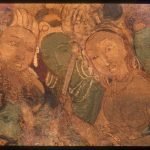

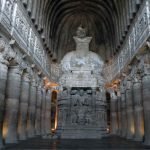
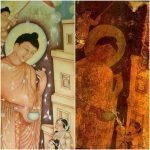

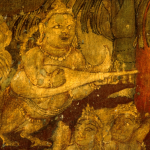



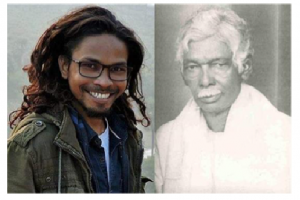


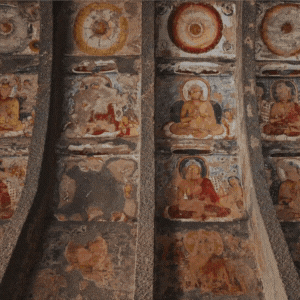

Add Comment